New York Streets and Subways on 35 mm Film With Photographer Taryn Segal
3 5 Share TweetHaving recently moved to New York City, Film Photographer Taryn Segal is eager and excited to explore its boroughs and textures, film roll by film roll.
Infusing her love for street, concept, and documentary photography, she takes her camera almost everywhere she goes and has had her work featured in the likes of Office Magazine, while building on her personal editorial and street photography documentary projects.
We speak with Taryn about her approach to street photography, her thoughts on living in a new city, and her favorite memories with the Lomo LC-A+ 35 mm Film Camera.
Hi Taryn! Welcome to Lomography Magazine! Can you introduce yourself and tell us what you do?
My name is Taryn Segal and I am a photographer with a primary focus on street subject matter as well as documentary and concept.
What is it like living in New York City? What is the creative and film photography scene like for you?
I’m in love with living here. I moved here roughly seven months ago and I’ve wanted to live here since I was 13. I’m 23 now so that’s a 10-year dream that's come into fruition. I’ve met my people here artistically and so many street photographers I admire are out daily doing their practice.
Do you have favorite neighborhoods you like to revisit for the different seasons and take film photographs?
I always gravitate to parks. I also find black-and-white beach photos romantic.
What I find striking is how the light changes in the fall and winter; shadows become long and the lighting is harsh in the mid-afternoon.
Summer is great for planning concepts to shoot because you have more light in the day to work with but limited hours in the later part of the year invoke a challenge and built-in lighting design.
What film cameras do you currently own?
I primarily use my Pentax Me Super and Olympus stylus. I have a Pentax point-and-shoot in the rotation as well. I love cameras but my collection of what I actually use is small.
I got my Me Super as a gift from a friend in a darkroom photography class I took my senior year of high school (Thanks Juan, I still use that camera to this day).
As for my point and shoots, I cycle through them. I’ll have one camera as my companion for the better part of a year then be ready to shift to something else. I know I like a quiet shutter and something with a zoom. The more compact the better, with a good weight and grip.
When did you first learn about Lomography?
I love this question because I get to talk about my time working at a film shop in LA before I moved to NYC and shine light on my favorite point-and-shoot I’ve ever used — which is actually a Lomo camera.
From January to June of 2023 I worked at a film store and got familiar with every stock of film, chemical, paper, etc. Lomography film of course was in that lineup. Those six months perfectly show a timeline of the most financially irresponsible I’ve ever been. I was saving for a cross-country move that I was keeping a secret from my manager and spending every cent of extra income on film. I stocked up. I tried everything. I moved with an entire carry-on suitcase with film that took a substantial amount of time to hand-check. All worth it, I shoot constantly, and it eventually drew attention from you guys all this time later. And, I’ve met so many people through photography. Having the rolls on hand helped.
As for my all-time favorite point-and-shoot, that would be the Lomo LC-A+ 35 mm Film Camera. Oh my god, what a compact, quiet, sneaky, “shoot from the hip” camera. I found one on eBay after a customer came into that film shop with that camera. The camera was listed at a low price and arrived very broken. Working with a bunch of people who care about cameras came in handy and my coworker Jason fixed it up. The repairs lasted me months but unfortunately did not hold up forever. The Lomo LC-A+ 35 mm Film Camera sits on my shelf intact but not working anymore. I miss it, some of the examples of my work were shot on it.
Beyond photography, you also practice other forms of visual art such as drawing and mixed media. How do you see all these disciplines converge and inform the kind of work you set out to do?
I thought I was going to be an illustrator when I was growing up. Then I ended up going to school for film to write and direct. Photography took full force in my life immediately after graduating from college on a trip to NYC. I was so relieved to be done with school forever. I was so in love with life I was looking at the world differently and taking photos constantly. I don’t ever want to lose the part of me that draws or makes films. I combine them when I feel it’ll bump up an idea to where I’d like it to be. I like to advertise the work I put out, I’ll make a short commercial to promote my zines. Photography is in the front seat but I’m still a multimedia artist.
What’s your favorite part about film photography? What about it excites you?
It’s so physical without ever touching your subject. I find myself climbing and crawling, I’ll follow people for blocks and slowly move seats on subway cars to get closer to a subject. That’s exercise, but still a non-contact sport.
You have a skill for crafting motifs and recurring images in your work. What has been the most compelling ‘micro series’ you’ve worked on so far?
I’m always vigilant for affection. This ties into my subway series. I’m very fascinated by the way people touch each other in public. There’s something about seeing people rest their heads on each other's shoulders or touch the small of someone’s back that is very disarming to me. What a relief that there is still affection and rest in these trying times. I think a lot of my work is affectionate even if it’s a solo shot of someone.
I don’t conceptualize much before heading out for the day to shoot, but I have a vault of things I’ve missed in my memory that I’ll stay permanently on the lookout for so I’ll be ready the next time I’m greeted with the opportunity. For my concept shoots, I have references, even for street photography, but still I like to use the environment and what is already in front of me to drive the photograph.
How do you like to approach your subjects, muses and/or themes you capture on film?
I’m a very decisive person who is comfortable directing people. It’s important to react more than think too long on the street because what you have in front of you is in a state of motion, getting a pause is a gift. If I am having a personal interaction such as a stranger permitting me to take their portrait, or I’m hanging out with a friend and I like the way they tilted their head while telling a story, I’ll direct. People tend to relax when being directed, they feel less on the spot. “Wait don’t move” is a common phrase my friends hear from me.
You’re currently working on putting together your first photo book. What has the process been like? What have you been drawn to creating with it in terms of building a cohesive and visual narrative?
I want a solid stack of photos that best showcase what I like and my sense of humor. I think a lot of my photos are mood-centric but also some just capture human oddities. The order of photographs is important to me so right now I am working on arranging and rearranging as well and scheming how I want to advertise my first book. I’ve made fake infomercials and wheat-pasted fliers in the past. I have plans for something more elaborate this time around since a book is a bigger body of work. It warrants something grander and more personal.
What’s the most surprising photograph you’ve taken so far?
My most surprising photo was a concept shoot I did in public. I had the idea for a long time of a girl in a prom-like dress with her legs in a public fountain. I got the shot at a mall in Koreatown in LA. I was mostly surprised we were able to pull it off seamlessly with no one intervening despite plenty of people being around.
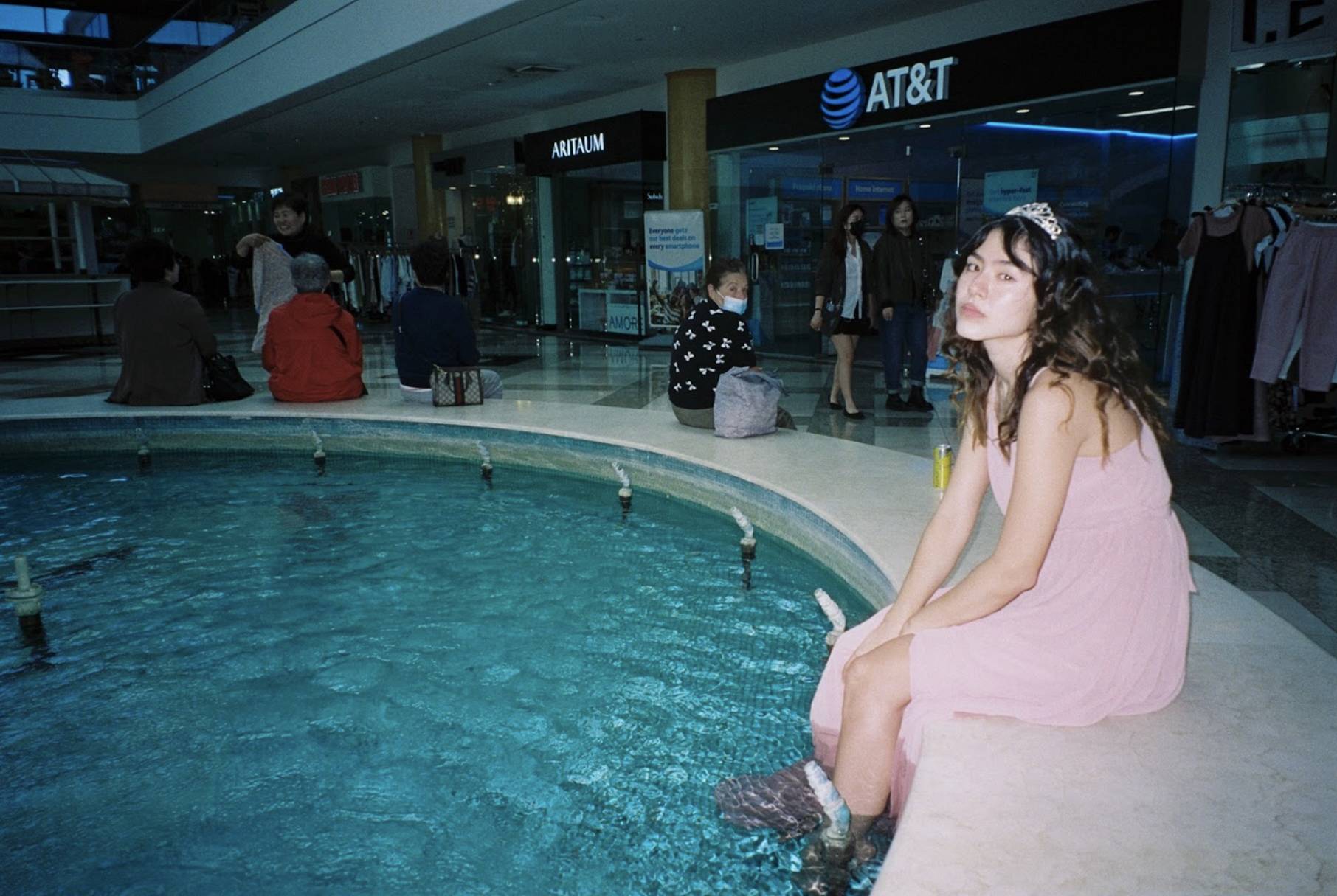
Who are the artists whose works have been vital to your journey thus far?
Sally Mann is a legend for photographing the decomposed, all on ancient large format cameras. From family pets to visiting body farms, she’s done it. Jessica Lange’s photography isn’t discussed as much as it should be. Yes, the actress is an amazing street photographer as well. As for someone current, Sara Messinger. I’m lucky to know her, she’s an outstanding documentary photographer, definitely someone who deserves all the attention she gets and more.
What other aspects and facets of analogue photography are you looking to try out next?
Medium format and learning how to use a light meter. I don’t have great technical knowledge of equipment, and as for medium format my experience with it doesn’t extend past a Holga.
Anything you’d like to share with the Lomography community?
I think you should lean into what catches your eye. Gather strong references, reach out to photographers you admire, shoot as much as you can, and challenge yourself. I put myself in a lot of situations just for the sake of it. Creativity doesn’t exist without limitations and there is a lot of gold to be found in ordinary life.
Thank you to Taryn for sharing her analogue photography stories with us! See more of her work on her Instagram and website portfolio.
written by macasaett on 2024-03-15 #people #color-negative #street-photography #point-and-shoot #new-york #35-mm


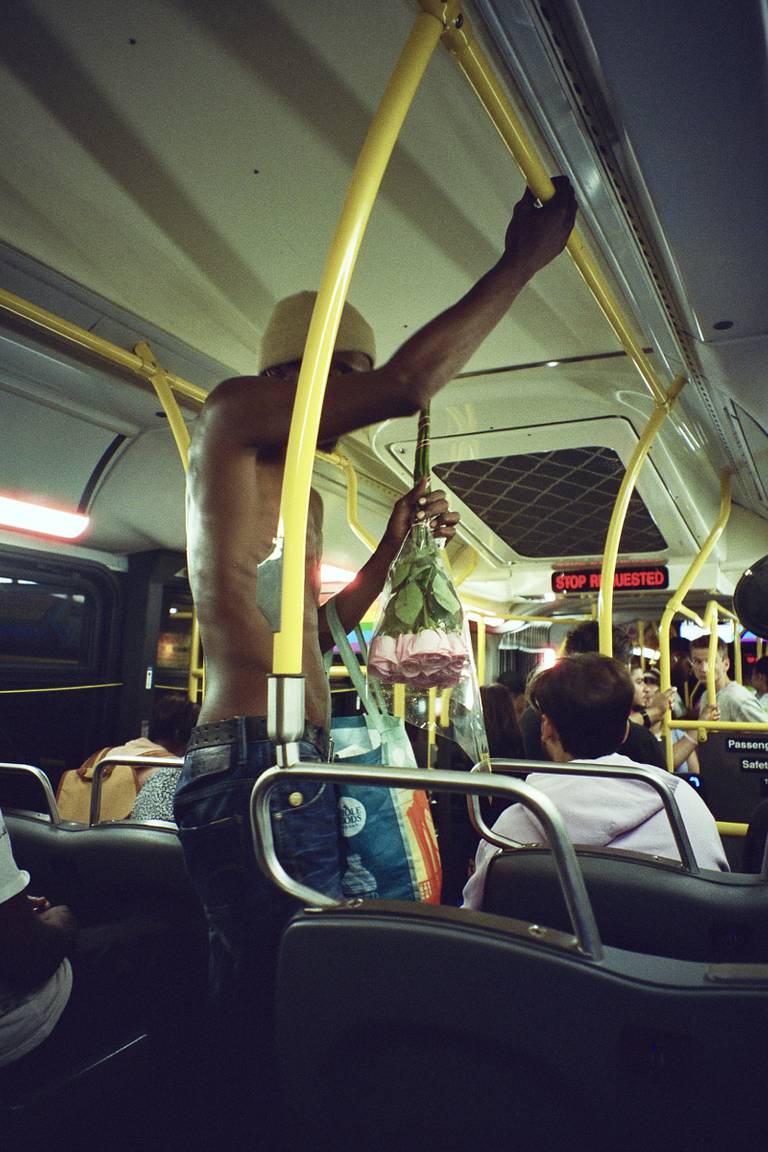







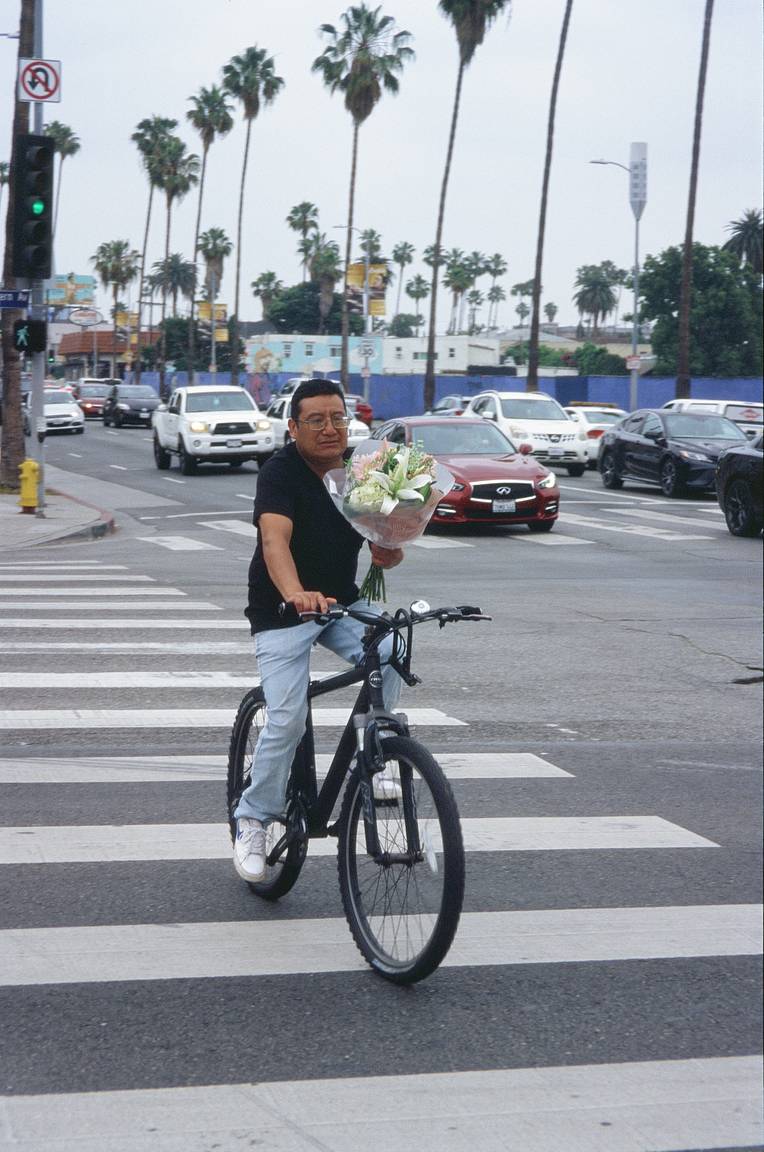




























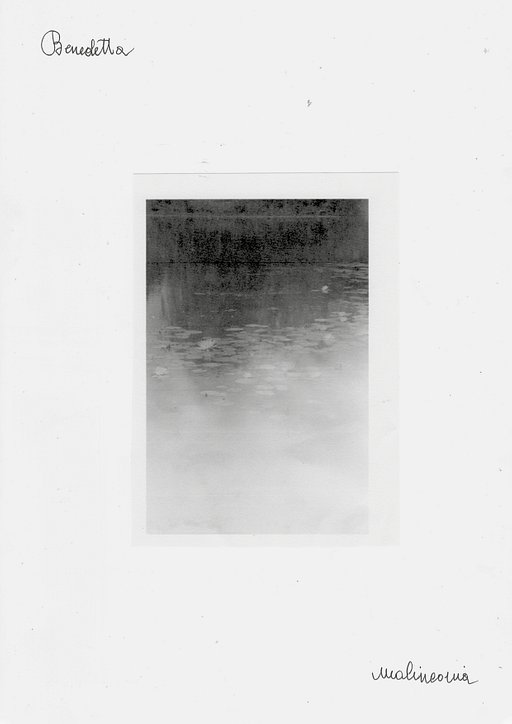

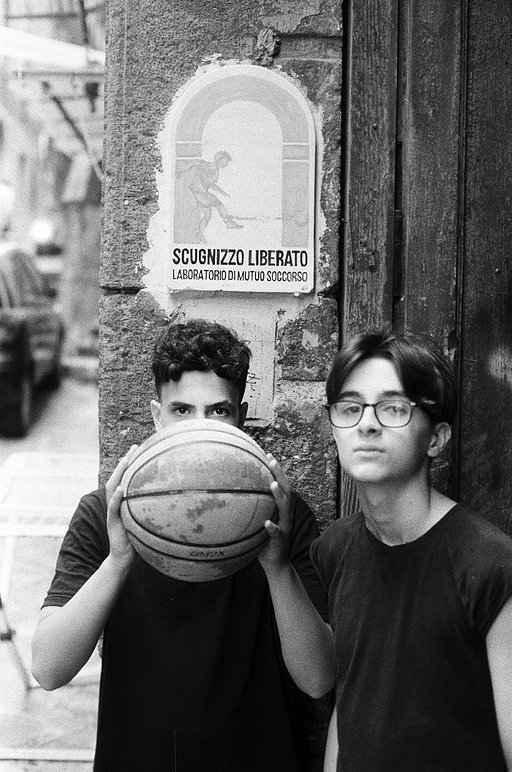

3 Comments